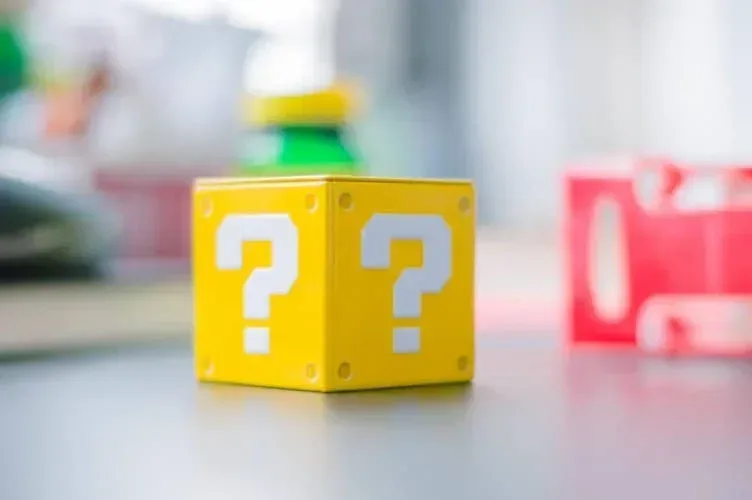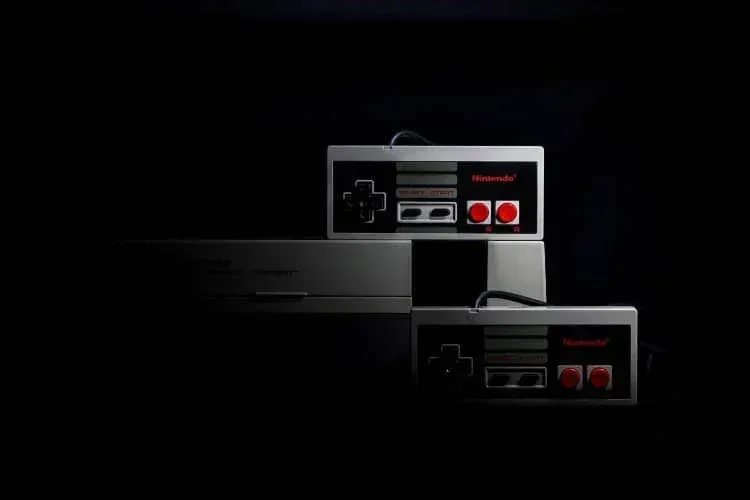
I love Nintendo and the different consoles that the company has produced over the handful of decades. All of us here know that Nintendo is still one of the most prominent names in terms of gaming. But let’s be real in saying that Nintendo hasn’t been at its best in the last decade and a half in terms of what it has been able to do against Sony and Microsoft. So, in that regard, what happened to Nintendo?
Nintendo’s slumps are simply the result of how it saw plenty of success early on but failed to build and improve on that success as the years went by especially when they tried to enter the console wars. Still, Nintendo has indeed seen a resurgence in the form of the Switch, which has improved its sales.
Like a lot of other companies, Nintendo became a victim of normal ups and downs especially with bad business decisions and in their failure to try to innovate or look for a niche market they could succeed in. Still, that doesn’t mean that Nintendo failed. It is still one of the best companies in the world as far as gaming is concerned, and that is usually enough for most Nintendo fans like myself.
Early success
Before Sony and Microsoft actually waged wars against each other in terms of who could deliver the better gaming console, Nintendo basically owned the market and was by far the most dominant name in the industry due to the early success that it saw in terms of its videogame consoles.
As a testament to how successful Nintendo was, the Nintendo Entertainment System (NES), which was released in 1983, sold 61.91 million units. It took until the release of the very first PlayStation by Sony in 1994 for a console to eclipse the overall sales of NES.
However, during that span, Nintendo was still making money through other consoles such as the Game Boy, Super NES, and Nintendo 64, which all had sales that are similar to the success of the NES. In fact, the Game Boy and the Game Boy Color both have a combined sales of 118.69 million units, which easily eclipse the 102.49 million units of PlayStations sold by Sony.
So, while PlayStation saw a huge amount of success in 2000 after releasing the PlayStation 2 or PS2, Nintendo kept on coming as one of the bestsellers in terms of consoles. In fact, due to the success of the Game Boy, Nintendo focused more on the handheld market all while its non-handheld consoles such as the GameCube were no longer able to compete with the graphical and processing capabilities of the PS2, which is the world’s all-time leader in units sold, and the Xbox, which was released in 2001.
The handheld market became Nintendo’s ultimate niche as it was able to sell over 81 million units of its Game Boy Advance. And when Nintendo released the DS in 2004, it only continued to be successful in the handheld market especially when you consider the fact that the DS family is second only to the PS2 in all-time sales.
Meanwhile, even though Nintendo knew that the console market was still dominated by Sony, the Wii, which was released in 2006, still sold over 100 million units all over the world. But that was when things started turning for the worse for Nintendo.
Failures in the middle
The success that the DS and the Wii saw all over the world in terms of their sales made Nintendo want to bank on them by releasing their successors, which are the 3DS and the Wii U, both of which saw a bit of up and downs.
When the 3DS was released, the price of $250 seemed a bit too much for a handheld console that could not stand up to the graphical capabilities of the PS3 and the Xbox 360 at that time. It wasn’t even close to what the PlayStation Vita could do graphics-wise but their prices were nearly identical. This led to poor sales on the part of the 3DS, which quickly forced Nintendo to slash its price down by 32% just 5 months after its initial release. Of course, the 900,000 units sold in the US at that time were the evidence they needed to look at to know that sales were not doing so well.
Meanwhile, despite the fact that the Wii U came with a controller with a supplementary screen (which eventually paved the way for the Switch), it never really caught on, especially when it was competing with the massively successful PS3 and Xbox 360 consoles. As impressive as the Wii U was, it never really stood a chance in terms of its hardware capabilities.
Of course, the Wii U was also caught in a scandal that revealed that child labor was used to manufacture Wii U units in China. This gave the company a bad image, especially when you factor in how Nintendo is supposed to be a child-friendly company.
The Wii U never really caught on and became Nintendo’s lowest selling console at only 13.56 million units sold. This failure was what led people to believe that Nintendo had failed as a company, as it could not bank on its niche market in the handheld console industry, which was already competing with the mobile gaming industry. Of course, the fact that Nintendo could not compete with the graphical capabilities that Sony and Microsoft consoles have also led to this downfall.
Resurgence
Despite the early failures that the 3DS and the Wii U systems had, Nintendo found a breakthrough in the form of the Switch, which is a gaming device that doubles as a regular console and as a handheld console. This breakthrough technology along with the improved graphical and processing capabilities and the better game support that the Switch has led to the resurgence of Nintendo.
Thanks to the success of the Switch and its variants, it has sold over 84 million units and counting since its release in 2017. The Switch outsold the Xbox One and even the newer PS5 and Xbox Series X consoles. In fact, since 2011, it is second only to the PlayStation 4 in terms of overall units sold.
So, the reason why the Switch became as successful as it was is due to how the company went back to its roots by ditching the 3D in the 3DS and by focusing more on the experience of playing handheld games while also giving plenty of importance to the co-op experience that you get when you play the Switch in its docked mode. The Switch essentially allowed Nintendo to return to its identity, which is a family-oriented company that thrives in the handheld market and in games that cater to any kind of gamer.

Nintendo’s dark side
As successful as the Switch may be, it still isn’t free of any problems that people have noticed about Nintendo. For one, Nintendo is yet to find a solution to the Joy-Con drift that people have been hating about the Switch. And instead of finding a fix to the solution, they focused more on releasing newer versions of the Switch such as the Lite, the V2, and the upcoming OLED version that no one ever asked for.
On the other hand, what I also noticed about Nintendo is that they refuse to cut prices down on older games even though they have been around for more than 2 years already. They are essentially forcing people to pay the full price for a game that was released 3 years ago, all while PlayStation and Xbox game prices drop down only a few months after getting released.
Also, there’s the fact that Nintendo likes suing people over accessories that they didn’t license, even though the sales of these products will not ever affect the overall standing of the company in the market. It’s a needless power play on the part of Nintendo, if you ask me.
Still, despite the issues that Nintendo has, I love the amazing products they create. It still is one of the most prominent names in the gaming industry. I just hope that Nintendo focuses more on what it is good at without forgetting their customers or the army of supporting staff.
